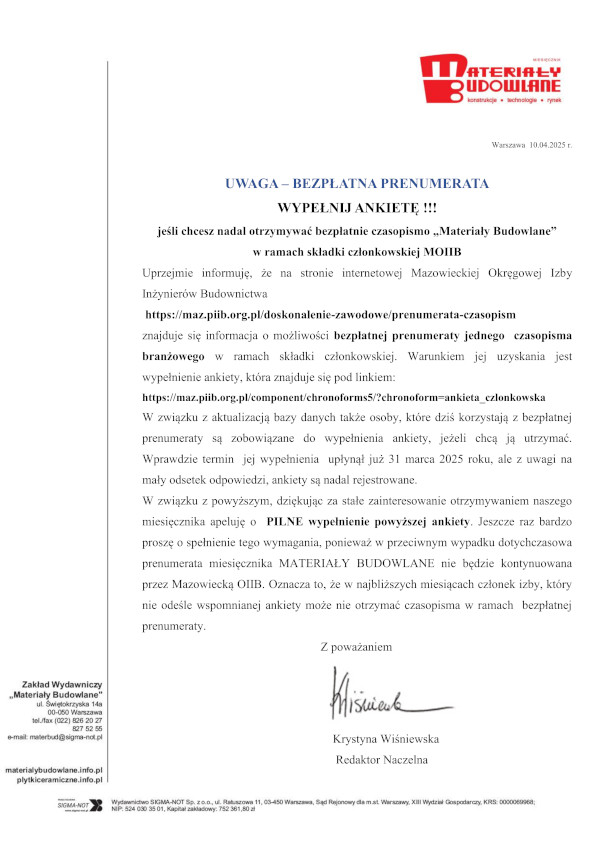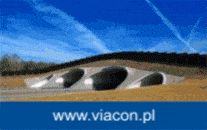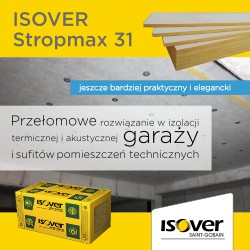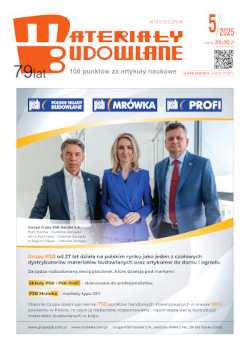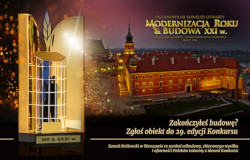dr hab. inż. Elżbieta Horszczaruk, prof. ZUT Zachodniopomorski Uniwersytet Technologiczny w Szczecinie, Wydział Budownictwa i Architektury
mgr inż. Paweł Sikora Zachodniopomorski Uniwersytet Technologiczny w Szczecinie, Wydział Budownictwa i Architektury
prof. dr hab. Ewa Mijowska Zachodniopomorski Uniwersytet Technologiczny w Szczecinie, Wydział Technologii i Inżynierii Chemicznej
dr inż. Krzysztof Cendrowski Zachodniopomorski Uniwersytet Technologiczny w Szczecinie, Wydział Technologii i Inżynierii Chemicznej
Autor do korespondencji e-mail : Ten adres pocztowy jest chroniony przed spamowaniem. Aby go zobaczyć, konieczne jest włączenie w przeglądarce obsługi JavaScript.
DOI: 10.15199/33.2016.08.18
W artykule przedstawiono analizę wpływu kruszywa magnetytowego na mikrostrukturę betonów osłonowych w warunkach wysokiej temperatury. Badaniompoddano dwa betony osłonowe wykonane z zastosowaniem kruszywa magnetytowego oraz beton zwykły na kruszywie naturalnym. Próbki wygrzewano w piecu średniotemperaturowym, w temperaturze: 300, 450, 600 i 800 °C. W celu wyjaśnienia zmian w strukturze badanych betonów, próbki poddano badaniu, stosując analizę obrazu SEMorazmetody dyfrakcji rentgenowskiej XRD. Przedstawione badania wykazały, że kruszywo magnetytowe ma wpływ na zmianę mikrostruktury betonu w warunkach wysokiej temperatury.
Słowa kluczowe: betony ciężkie, betony osłonowe, mikrostruktura, wysoka temperatura.
* * *
Microstructure of shielding concrete with magnetite aggregate in high temperature
In this paper it is presented the analize of the effect of magnetite aggregate on the microstructure of shielding concrete exposed to an elevated temperature. Two shielding concretes containing magnetite aggregate and concrete containing normal aggregate have been tested. Samples were exposed to 300, 450, 600 and 800 °C. In order to characterize changes in the microstructure of concretes, samples have been tested with use of scanning electron microscope (SEM) and X-ray diffraction (XRD) techniques. Presented studies have shown that magnetite aggregate has influence on the microstructure of concrete subjected to an elevated temperature.
Keywords: heavyweight concrete, shielding concrete, microstructure, high temperature.
Literatura
[1] Akkurt I., C. Baysigit, S. Kilincarslan, B. Mavi. 2013. „The shielding of γ-rays by concretes produced with barite”. Progress in Nuclear Energy 46 (1): 5 – 9. DOI: 10.1016/j.pnucene.2004.09.015.
[2] Akkurt I., C. Basyigit, S. Kilincarslan, B. Mavi, A.Akkurt. 2006. „Radiation shielding of concretes containing different aggregates”. Cement and Concrete Composites 28 (2): 153 – 157. DOI: 10.1016/j.cemconcomp.2005.09.006.
[3] Alonso C., L. Fernandez. 2004. „Dehydration and rehydration processes of cement paste exposed to high temperature environments”. Journal of Materials Science 39 (9): 3015 – 3024. DOI:10.1023/B: JMSC.0000025827.65956.18.
[4] Brandt A. M., D. Jóźwiak-Niedźwiedzka. 2013. „The influence of ionizing radiation on microstructure and properties of concrete shields – a review”. CementWapno Beton (4): 216 – 237.
[5] Haneefaa M., M. Santhanama, F. C. Parida. 2013. „Review of concrete performance at elevated temperature and hot sodiumexposure applications in nuclear industry”. Nuclear Engineering and Design 258: 76– 88. DOI: 10.1016/j.nucengdes. 2013.01.018.
[6] Henrie J. O. 1955. „Magnetite Iron Ore Concrete for Nuclear Shielding”. ACI Journal 51: 541 – 550.
[7] Horszczaruk E., P. Sikora, P. Zaporowski. 2015. „Mechanical properties of shielding concrete with magnetite aggregate subjected to high temperature”. Procedia Engineering 108: 39 – 46. DOI: 10.1016/j.proeng.2015.06.117.
[8] Jia Q., J. Zeng, R. Qiao, L. Jing, L. Peng, F. Gu, M. Gao. 2011. „Gelification: an effective measure for achieving differently sized biocompatible Fe3O4 nanocrystals through a single preparation recipe”. Journal of American Chemical Society 133 (48): 19512–19523. DOI: 10.1021/ja2081263.
[9] Kaplan M.F. 1989. Concrete radiation shielding. New York. JohnWiley & Sons.
[10] Kharita M.H., S.Yousef,M.AlNassar. 2010. „The effect of the initial water to cement ratio on shielding properties of ordinary concrete”. Progress in Nuclear Energy 52 (5): 491 – 493. DOI: 10.1016/j.pnucene.2009.11.005.
[11] Lamond J. F., J. B. Pielert. 2006. Significance of Tests and Properties of Concrete and Concrete- Making Materials STP 169D. Farmington Hills. ASTM International.
[12] Lee J., Y. Xi, K. William, Y. Jung. 2009. „A multi scale model for modulus of elasticity of concrete at high temperatures”. Cement and Concrete Research 39 (9): 754 – 762. DOI: 10.1016/j.cemconres.2009.05.008.
[13]Ma Q., R. Guo, Z. Zhao, Z. Lin, K. He. 2015. „Mechanical properties of concrete at high temperature – A review”. Construction and Building Materials 93: 371 – 383. DOI: 10.1016/j.conbuildmat. 2015.05.131.
[14] Oto B., A. Gür. „Gamma-ray shielding of concretes including magnetite in different rate”. International Journal of Physical Sciences 8 (8): 310-314. DOI: 10.5897/IJPS2013.3854.
[15] Ouda Ahmed S. 2015. „Development of high-performance heavy density concrete using different aggregates for gamma-ray shielding”. Progress in Nuclear Energy 79: 48 – 55. DOI: 10.1016/j.pnucene.2014.11.009.
[16] RilemTechnical Committees 129-MHT. Test methods for mechanical properties of concrete at high temperatures, part 1: introduction, part 2: stress – strain relation, part 3: compressive strength for service and accident conditions.Materials and Structures 1995 (28).
[17] Samarin A. „Use of concrete as a biological shield from ionising radiation”. Energy and Environmental Engineering 1 (2): 90 – 97. DOI: 10.13189/eee.2013.010208. Praca sfinansowana ze środków Narodowego Centrum Nauki w ramach projektu badawczego OPUS 7 nr 2014/13/B/ST8/03875.
Otrzymano : 18.06.2016 r.
Materiały Budowlane 08/2016, str. 70-72 (spis treści >>)


